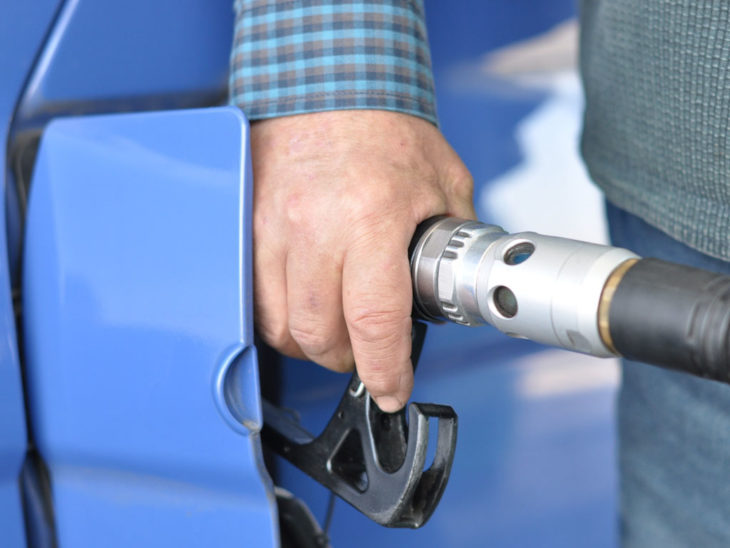The price of a litre of petrol actually fell in September, despite fears that the refinery fires in Saudi Arabia would lead to higher pump prices.
Data from RAC Fuel Watch shows the cost of a litre of petrol fell by just under a penny (0.87p) last month – making for two consecutive monthly drops and now standing at an average price of 127.95p a litre.
However, the RAC added that the price of unleaded – which stands at 127.95p – is still nearly 4p a litre too high and should be cut by retailers, which are not passing wholesale savings; RAC’s theory is that retailers have been potentially thinking drivers would just be grateful that prices have not shot up after the supply disruption.
In contrast, Northern Ireland is showing a clear difference compared to UK average prices for both petrol and diesel, leading the RAc to say it’s the only part of the UK that appears to be charging a fair price. In Northern Ireland the average price of a litre of unleaded is 125.87p – 2p a litre cheaper than the UK equivalent. Diesel, which rose 0.35p to 132.07p, is also more than 2p a litre less in Northern Ireland. The RAC added that the UK forecourt price of diesel is also nearly 3p a litre too high.
RAC fuel spokesman Simon Williams said: “Currently, the prices drivers pay for fuel in Northern Ireland are on average 2p a litre cheaper than the rest of the UK which means retailers in the rest of the UK are charging more than they should. If they can afford to charge less there, they can afford to elsewhere: this can only mean that drivers in the rest of the UK are being taken advantage of.
“We would very much like to hear retailers’ justification for this price differential. Northern Ireland is more often a cheaper place for petrol and diesel due to greater competition among retailers, but in the last two months we’ve seen this gap widen which can only mean drivers in the rest of the UK are losing out.”
The RAC data also shows the big four supermarkets charged an average of 123.90p for unleaded in August – down 1.21p on August – and 127.88p for diesel – up 0.22p. This means buying from a large supermarket is currently 4p cheaper for both petrol and diesel than the UK average.
Williams added: “Generally, supermarket fuel tends to be 3p a litre cheaper than the UK average. We have on occasion seen some much bigger differences between the supermarket average and the UK average prices. If supermarket fuel is priced much lower than the UK average as it is now, this usually indicates independent retailers aren’t passing on enough of the savings in the wholesale price.
“This doesn’t mean there isn’t scope for the supermarkets to do more by lowering their prices more, it means that independent retailers simply are choosing not compete as much or simply aren’t able to for financial reasons.
“The outlook for drivers at the pumps is looking reasonable despite the refinery attacks in Saudi Arabia. Not only was the impact of the resulting drop in production lessened by Saudi’s state-owned oil company releasing crude reserves, fears of a global economic slowdown caused the oil price to reduce. If this continues, it should translate into lower pump prices for drivers in the UK.”











































